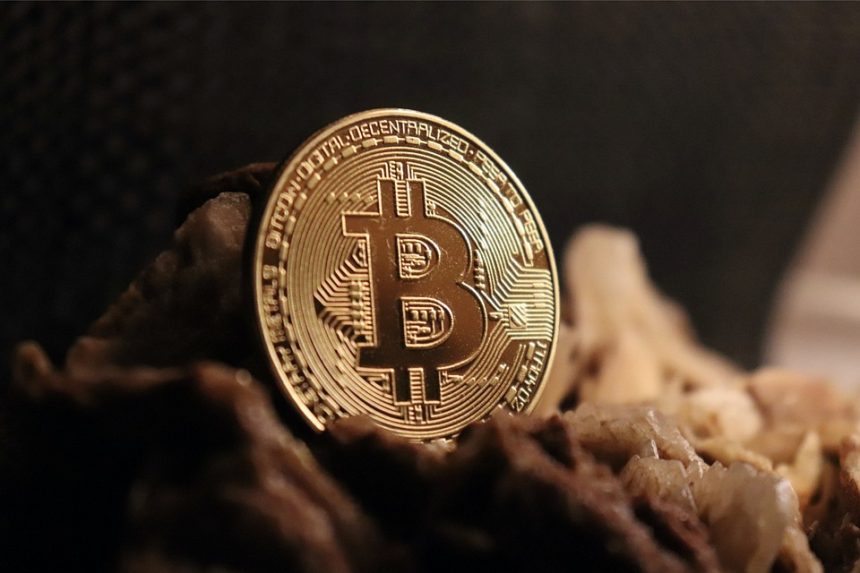In today’s digital age, cryptocurrencies have become an increasingly popular alternative to traditional financial instruments. With the potential for high returns, the allure of decentralized finance, and the advancement of blockchain technology, more individuals are looking to dive into the crypto market. However, along with opportunities come risks, particularly regarding security. A secure cryptocurrency wallet is essential for protecting your digital assets. In this article, we’ll explore how to properly set up your crypto wallet and ensure your future in the crypto space is a secure one.
Understanding Cryptocurrency Wallets
Before we dive into the steps for setting up a wallet, it’s important to understand what a cryptocurrency wallet is. A crypto wallet is a digital tool that allows users to store, send, and receive cryptocurrencies. There are different types of wallets, including:
- Hot Wallets: Connected to the internet, ideal for frequent transactions. Examples include mobile wallets and web wallets.
- Cold Wallets: Offline storage options, providing better security for long-term holdings. Examples include hardware wallets and paper wallets.
Choosing the right wallet depends on your planned use, whether it’s daily transactions or long-term investment.
Step-by-Step Guide to Setting Up Your Crypto Wallet
Step 1: Choose the Right Wallet for Your Needs
Decide between a hot wallet for ease of access or a cold wallet for enhanced security. For beginners, starting with a reputable hot wallet can be beneficial. However, once you gain some cryptocurrency assets, consider moving a significant portion to a cold wallet for added security.
Step 2: Download or Purchase Your Wallet
For those opting for a software wallet, visit the official website or app store corresponding to your chosen wallet provider to download the application. If purchasing a hardware wallet, choose a reputable brand like Ledger or Trezor, and buy directly from their official stores to avoid tampered products.
Step 3: Setting Up Your Wallet
Once downloaded or received, follow the setup instructions carefully:
- Create a Strong Password: Use a combination of uppercase and lowercase letters, numbers, and special characters. Avoid easily guessable passwords related to your personal information.
- Enable Two-Factor Authentication (2FA): If your wallet supports it, 2FA adds an extra layer of security by requiring a second form of identification beyond just your password.
Step 4: Backup Your Wallet
Backing up your wallet is crucial to safeguard against loss or theft:
- Seed Phrase: During the wallet setup, you will be given a recovery seed or mnemonic phrase. Write this down on paper and store it in a secure place. This recovery phrase is the only way to restore your wallet if you lose access.
- Backup Settings: Some wallets allow additional backup options, such as encrypted local files or cloud backups. Choose what suits you best, but always prioritize security.
Step 5: Execute a Test Transaction
Once your wallet is set up and backed up, it’s wise to perform a test transaction:
- Transfer a small amount of cryptocurrency from an exchange or another wallet to your new wallet.
- Confirm that the transaction works and that the funds appear correctly in your wallet.
This step ensures that everything is functioning smoothly before you move large sums.
Step 6: Secure Your Device
Securing your device is equally important for wallet security. Follow these practices:
- Install Antivirus Software: Protect your device from malware that could steal your wallet credentials.
- Update Software Regularly: Keep your operating system and wallet software up to date to defend against potential vulnerabilities.
- Use a Secure Internet Connection: Avoid public Wi-Fi when accessing your wallet, as it may expose you to various security risks.
Step 7: Monitor and Utilize Your Wallet Responsibly
Finally, keep an eye on your wallet and maintain secure practices:
- Regularly Check Your Transactions: Monitor your wallet activity for any unauthorized transactions.
- Educate Yourself on Phishing Scams: Be cautious with emails and messages claiming to be from wallet providers or exchanges—always verify the source.
- Reassess Security Measures: As you become more involved in crypto, consider moving to a hardware wallet for larger sums or holdings.
Conclusion
Setting up your cryptocurrency wallet is not simply a one-time process but an ongoing commitment to security. By following these steps and prioritizing best practices, you can significantly mitigate risks and secure your financial future in the exciting world of cryptocurrencies. Start your journey with knowledge and vigilance, and your investments will be better safeguarded against the myriad threats that permeate the digital financial landscape. Remember: in the realm of crypto, prevention is always better than a cure.





